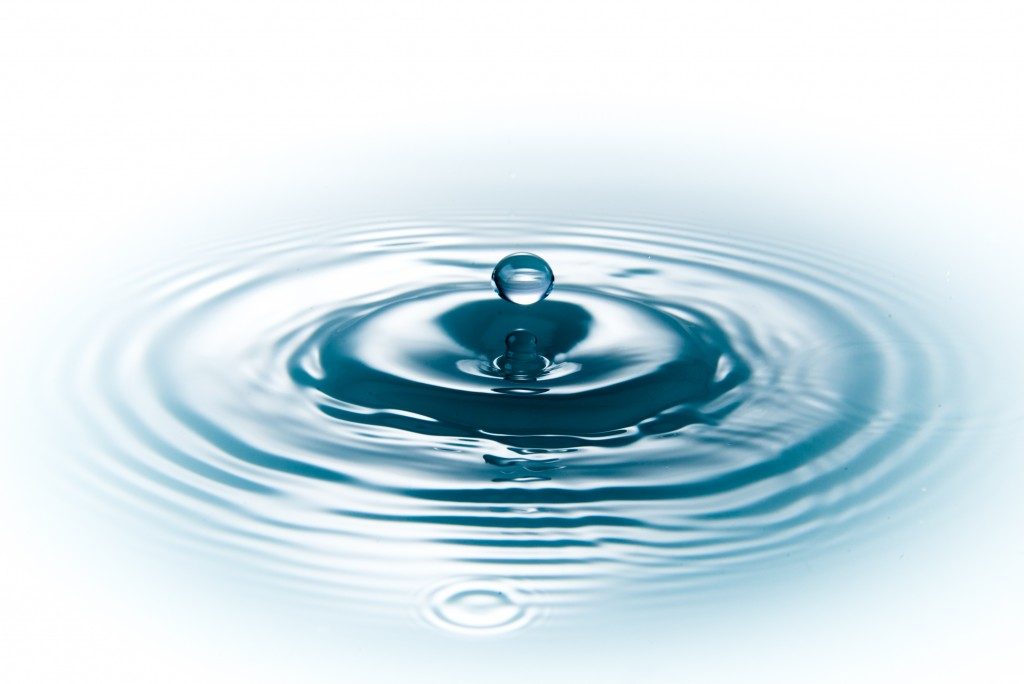Several stages in the life of a mosquito present a weakness for the mosquito swarms. By interrupting their breeding habits, families and households can make the most of their exterminator services. prevent further instances of mosquito-borne diseases
Killing the adult mosquitoes as they fly and bite is just the first step toward effectively controlling their numbers and reducing the hazards they present to you and your family. Besides fumigation, which controls the adult population, taking steps to eradicate the mosquitoes across their entire life cycle is key to preventing further outbreaks.
A trained exterminator in Attleboro, MA, can make quick and careful work of fumigating the surrounding perimeter of the land to significantly reduce the population of mosquitoes and other nuisance insects and arachnids. Besides killing off the adults, exterminators can also provide comprehensive strategies for controlling the numbers of these insects across their lifecycle.
The Lifecycle at a Glance
The biting and bloodsucking habits of mosquitoes are intrinsically tied to their breeding cycle. Only female mosquitoes suck blood, and they only do so in the context of egg-laying. In the presence of stagnant or sheltered water, female mosquitoes congregate to acquire the blood needed to nourish their eggs before laying. Prior to that, mosquitoes primarily consume nectar and plant juices for sustenance.
The eggs are laid (either singly or in rafts, depending on the mosquito species) in the surface of stagnant water where they eventually hatch into larvae also known as wrigglers. The wrigglers would feed on bacteria and other microorganisms that inhabit the still waters and remain there for up to fourteen days until they pupate into tumblers. The tumblers remain in the water for about four days before emerging as adults.
Variations on a Theme
Not all mosquito species require that eggs be immersed in water entirely. Some species from the genera Aedes and Ochlerotatus can lay eggs that can survive drying out; a few can only hatch when kept dry for a specific period. The eggs of Aedes aegypti, the carrier of dengue fever, only ever hatch when the water level rises to immerse their eggs after staying dry.
War on Water

By attacking them at all fronts, fewer and fewer mosquitoes persist to continue creating swarms. Water is a crucial element to the entire mosquito lifecycle. Most species lay their eggs in water, where their young grow up. Once a large portion of the adult mosquito population is gone, steps should be taken to reduce the remaining breeding grounds for mosquitoes and sever a vital stage in their life cycle.
Sources of stagnant water—be it cans, old tires, or other garbage—should be removed from the property and properly disposed of. Any source of standing water must be covered to prevent the entry of mosquitoes, and water sources that contain a population of wrigglers must be immediately disposed of.
Any volume of standing water in the wake of rain must be immediately removed. In areas where standing water cannot be sufficiently disposed of, larvicides should be applied to prevent wrigglers from ever entering the adult phase.
Without a place to lay their eggs, any surviving mosquitoes will not pass on a second generation, and mosquitoes from neighboring areas will not be drawn toward the vicinity. In the long term, ensuring little to no stagnant water accumulation occurs in the yard is vital to ensuring the wellbeing of the household.

